Understanding cross-cultural variances in consumer behaviours and preferences becomes paramount for brands looking to establish and expand their presence across national boundaries. With its unprecedented economic growth and burgeoning middle class, Asia presents an exciting landscape for businesses.
From Japan’s high-tech, automation-driven consumer markets to India’s increasingly digital but diverse retail ecosystem, from China’s robust e-commerce platforms to the traditional markets still prevalent in countries like Indonesia, Vietnam, and the Philippines, the diversity is truly immense. Moreover, countries like Singapore, with a blend of Eastern and Western influences, further underscore the complex tapestry of Asian consumerism.
Brands that can skillfully navigate and harness these cultural nuances stand to gain immensely, setting the stage for long-term success in one of the world’s most vibrant economic regions.
In this article, we explore the differences across four industries in eight markets across Asia to show how products are consumed and perceived differently (and sometimes similarly). We also guide brand leaders looking to enter Asia and make some predictions for the future.
Grocery Shopping Across Asia
India
- Economy and Market Overview: India, home to over a billion people, is characterised by a rapidly growing economy and an emerging middle class. Despite high market fragmentation due to cultural and linguistic diversity, it offers enormous potential for consumer brands due to its sheer size and growth rate.
- Grocery Shopping: The grocery market in India is primarily dominated by traditional mom-and-pop stores known as ‘Kirana’ stores. However, the trend is gradually shifting towards organised retail and online grocery shopping, with platforms like BigBasket and Grofers making significant inroads.
- Unique Trends and Behaviors: Despite the surge in online shopping, a large part of the Indian population still prefers to touch and feel products before purchase, especially when it comes to fresh produce. This tactile shopping experience is a crucial element in Indian buying behaviour.
China
- Economy and Market Overview: China presents an immense and mature consumer market as the world’s second-largest economy. Rapid urbanisation, a growing middle class, and the advancement of digital technology are key drivers of China’s consumer economy.
- Grocery Shopping: Chinese consumers have embraced e-commerce in a big way. The grocery sector is no exception, with a significant shift towards online shopping spurred by platforms offering same-day delivery.
- Unique Trends and Behaviors: ‘New Retail,’ a concept popularised by Alibaba, is a significant trend in China. It merges online and offline experiences, enabling customers to order groceries online and pick them up at a physical store.
Indonesia
- Economy and Market Overview: As the largest economy in Southeast Asia, Indonesia offers a dynamic and growing retail market. The vast archipelago nation boasts a young, increasingly urban, and digital-savvy population.
- Grocery Shopping: Traditional markets and small grocery stores, known as warungs, are still widespread in Indonesia. However, there’s a growing shift towards supermarkets, hypermarkets, and e-commerce.
- Unique Trends and Behaviors: Despite the digital transition, in-person shopping remains prevalent due to Indonesians’ preference for fresh, daily-purchased produce.
Singapore
- Economy and Market Overview: Singapore is a highly developed and prosperous nation with a mature and sophisticated retail market.
- Grocery Shopping: Singaporeans favour both in-store and online grocery shopping. The sensory experience of in-store shopping balances the convenience of online shopping.
- Unique Trends and Behaviors: Singaporean consumers are well-informed and conscious about the quality and origin of products, particularly fresh produce.
Japan
- Economy and Market Overview: Japan’s consumer market is one of the world’s most prosperous, sophisticated, and stable.
- Grocery Shopping: The grocery retail landscape in Japan is diverse, with convenience stores, supermarkets, and e-commerce platforms all playing significant roles.
- Unique Trends and Behaviors: Japanese consumers value product quality, freshness, and service. Ready-to-eat meals from convenience stores are also very popular.
Philippines
- Economy and Market Overview: The Philippines’ economy is rapidly growing, driven by increasing consumer spending from a large, young, and digitally connected population.
- Grocery Shopping: Traditional retail – ‘sari-sari’ stores and public markets – dominates the Philippine grocery landscape, but supermarkets and hypermarkets are also growing.
- Unique Trends and Behaviors: Filipino consumers are price-sensitive and strongly prefer shopping in physical stores.
Vietnam
- Economy and Market Overview: Vietnam’s economy has seen impressive growth over the past few years, marked by a rising middle class and rapid urbanisation.
- Grocery Shopping: Traditional ‘wet’ markets still account for much of grocery shopping, but modern trade channels and online platforms are catching up quickly.
- Unique Trends and Behaviors: Vietnamese consumers are increasingly focusing on product safety, quality, and origin, particularly with fresh food.
Thailand
- Economy and Market Overview: Thailand’s economy is robust and diverse. The retail market is growing, driven by urbanisation, tourism, and a rising middle-income class.
- Grocery Shopping: While wet markets and street food remain popular, supermarkets and convenience stores are growing rapidly. Online grocery shopping is also gaining traction.
- Unique Trends and Behaviors: Thai consumers are very brand-conscious, and loyalty programs are effective in driving repeat purchases.
Big Ticket Items in Asia
India
- Economy and Market Overview: With one of the fastest-growing major economies in the world, India’s increasing disposable income and rapid urbanisation contribute to the growing demand for big-ticket items.
- Big Ticket Purchases: The automobile sector has grown significantly, and India is one of the largest markets for two-wheelers globally. Similarly, demand for home appliances and electronics is rising, driven by increased connectivity and e-commerce.
- Influencing Factors: Price, brand, quality, and after-sales service significantly influence consumer decisions. Traditional cultural practices influence buying decisions, as big-ticket items are often purchased during festive seasons. Increasingly, online product reviews and digital influencers are playing a role in shaping consumer behaviour.
Indonesia
- Economy and Market Overview: Southeast Asia’s largest economy, Indonesia, offers significant potential for big-ticket purchases bolstered by a young and growing middle-class population.
- Big Ticket Purchases: Motorcycles and cars are popular big-ticket items in Indonesia, reflecting the country’s transportation needs. Electronic appliances are also in high demand, with a preference for well-known brands.
- Influencing Factors: Brand reputation, price, quality, and after-sales service are the key decision-making factors. In addition, Indonesia’s growing digital connectivity is allowing consumers to research and compare products online before making purchases.
Singapore
- Economy and Market Overview: Singapore, a highly affluent and tech-savvy nation, demonstrates strong demand for luxury goods and the latest electronic gadgets.
- Big Ticket Purchases: High-end electronics, cars, and luxury items are common big-ticket purchases. The country’s robust real estate market also drives demand for household appliances.
- Influencing Factors: Brand prestige, product quality, and innovative features are important considerations. Environmental sustainability is also becoming an influential factor in Singaporean consumers’ purchasing decisions.
Japan
- Economy and Market Overview: As one of the world’s leading economies, Japan boasts high levels of consumer sophistication and purchasing power.
- Big Ticket Purchases: Japan’s consumers strongly prefer cutting-edge technology products and high-quality household appliances. The automotive market is highly developed, with both domestic and imported brands being popular.
- Influencing Factors: Technological innovation, product reliability, energy efficiency, and brand reputation strongly influence Japanese buying decisions. The country’s well-established culture of ‘gift-giving’ also plays a significant role in purchasing luxury goods.
Philippines
- Economy and Market Overview: The Philippines’ rapidly growing economy and population point towards increasing demand for big-ticket items, particularly in the urban areas.
- Big Ticket Purchases: Cars and motorbikes are common big-ticket purchases driven by the need for private transportation. Electronics and appliance purchases are often tied to the country’s vibrant real estate market.
- Influencing Factors: Affordability, durability, and brand reputation heavily influence buying decisions. As internet penetration grows, online research and social media also play a crucial role in shaping consumer preferences.
Vietnam
- Economy and Market Overview: Vietnam’s expanding middle class and rising disposable income fuel the market for big-ticket items.
- Big Ticket Purchases: Motorbikes remain a common purchase, but the demand for cars is growing. Electronic appliances see high demand, especially during promotional seasons.
- Influencing Factors: Quality, price, and brand reputation are major considerations. The rise of e-commerce platforms allows for easy comparison shopping, influencing consumers’ purchasing decisions.
Thailand
- Economy and Market Overview: Thailand, a major Southeast Asian economy, demonstrates a significant appetite for luxury goods and high-tech products.
- Big Ticket Purchases: Cars, especially those from Japanese brands, are a popular big-ticket item. The market for high-end electronics and household appliances is also substantial.
- Influencing Factors: Brand image, quality, and innovative features guide Thai consumers’ buying decisions. Digital media and online influencers are increasingly shaping purchasing trends in the country.
India
- Economy and Market Overview: With one of the fastest-growing major economies in the world, India’s increasing disposable income and rapid urbanisation contribute to the growing demand for big-ticket items.
- Big Ticket Purchases: The automobile sector has grown significantly, and India is one of the largest markets for two-wheelers globally. Similarly, demand for home appliances and electronics is rising, driven by increased connectivity and e-commerce.
- Influencing Factors: Price, brand, quality, and after-sales service significantly influence consumer decisions. Traditional cultural practices influence buying decisions, as big-ticket items are often purchased during festive seasons. Increasingly, online product reviews and digital influencers are playing a role in shaping consumer behaviour.
Food Delivery In Asia
India
- Food Delivery: India’s rapidly digitalising economy has seen a surge in the popularity of food delivery services. A young, tech-savvy population, fast-paced urban lifestyles, and the increasing prevalence of dual-income households have contributed to this growth.
- Notable Trends and Preferences: Indian consumers highly prefer local cuisines, but international food chains also have a significant presence. Health-conscious and organic options are gaining popularity.
Indonesia
- Food Delivery: Food delivery services are growing exponentially in Indonesia, especially in urban areas. This growth is driven by increased smartphone usage and the convenience of app-based ordering.
- Notable Trends and Preferences: Indonesian consumers often order local food, but fast-food chains are also commonly requested. Meal subscriptions are a budding trend.
Singapore
- Food Delivery: Food delivery services have become incredibly popular in the high-paced, convenience-driven Singaporean market.
- Notable Trends and Preferences: A wide variety of food is ordered, reflecting the country’s multicultural culinary scene. Demand for healthier and diet-specific options is on the rise.
China
- Food Delivery: China, one of the world’s largest digital economies, has a massive and highly competitive food delivery market.
- Notable Trends and Preferences: Chinese consumers often order a mix of local and international cuisine. Contactless delivery and online payment have become standard due to health and safety concerns.
Japan
- Food Delivery: Although Japan’s food delivery market has traditionally been less prevalent than in other Asian countries, it has recently seen substantial growth, accelerated by the COVID-19 pandemic.
- Notable Trends and Preferences: Japanese consumers prefer local cuisine, and premium delivery services offering restaurant-grade dishes are popular.
Philippines
- Food Delivery: The Philippines has seen a boom in food delivery services, fueled by the growing digital economy and urban lifestyle.
- Notable Trends and Preferences: Fast food remains a top choice for Filipino consumers, though deliveries from local food markets and bakeries are also common.
Vietnam
- Food Delivery: The food delivery market in Vietnam is growing rapidly, especially in major cities like Hanoi and Ho Chi Minh City, driven by rising internet penetration and smartphone usage.
- Notable Trends and Preferences: Vietnamese consumers lean towards ordering local food, but Western cuisine is also popular, particularly among the younger demographic.
Thailand
- Food Delivery: As internet penetration grows, so does the popularity of food delivery services in Thailand.
- Notable Trends and Preferences: Thai consumers frequently order local and international cuisines. Demand for street food delivery and healthy food options is also growing.
Luxury Goods in Asia
India
- Luxury Goods: India’s luxury market, though smaller than other Asian countries, is growing rapidly, with luxury brands targeting the country’s burgeoning upper-middle class and affluent consumers.
- Consumer Trends and Preferences: Luxury cars, high-end electronics, and branded jewellery are particularly sought-after. There’s a growing appetite for international fashion brands among younger consumers, and personal luxury goods like watches and handbags are gaining popularity.
Indonesia
- Luxury Goods: The luxury goods market in Indonesia is expanding, driven by the country’s rising middle class and an increasing number of high-net-worth individuals.
- Consumer Trends and Preferences: Luxury automotive brands, high-end electronics, and designer fashion and accessories are in demand. Consumers show a preference for internationally recognised brands that symbolise status and success.
Singapore
- Luxury Goods: As one of the wealthiest nations in Asia, Singapore boasts a mature luxury market.
- Consumer Trends and Preferences: High-end fashion, luxury watches, and jewellery are popular among Singaporeans. Consumers here demonstrate a desire for exclusivity and personalisation in their luxury purchases.
China
- Luxury Goods: China is one of the world’s largest and fastest-growing luxury goods markets, driven by a rising middle class and an increasing number of high-net-worth individuals.
- Consumer Trends and Preferences: Luxury fashion, accessories, and cosmetics are particularly popular. There’s a noticeable shift towards ‘discreet luxury’ — brands emphasising craftsmanship, heritage, and design over ostentatious logos.
Japan
- Luxury Goods: Japan’s luxury market is well-developed and sophisticated, with Japanese consumers known for their preference for high-quality products.
- Consumer Trends and Preferences: Luxury fashion, watches, and cosmetics are highly sought after. Japanese consumers often favour established luxury brands and appreciate craftsmanship and heritage.
Philippines
- Luxury Goods: While smaller than other Asian markets, the luxury market in the Philippines is growing, driven by a rising middle class and a culture that values branded goods.
- Consumer Trends and Preferences: Luxury fashion and accessories, high-end electronics, and imported automobiles are popular. Filipino consumers value international brands as status symbols.
Vietnam
- Luxury Goods: Vietnam’s luxury market is experiencing significant growth, fueled by a rapidly expanding middle class and young consumers with high purchasing power.
- Consumer Trends and Preferences: Luxury automobiles, fashion, and high-end cosmetics are sought after. Vietnamese consumers often view luxury goods as a sign of success and social status.
Thailand
- Luxury Goods: The luxury goods market in Thailand is growing steadily, supported by affluent local and expatriate communities and a strong tourism sector.
- Consumer Trends and Preferences: Luxury fashion and accessories, fine wines and spirits, and high-end beauty products are particularly popular. Thai consumers appreciate both global luxury brands and unique, exclusive products.
Comparative Analysis
Asia, a continent of diverse cultures, economies, and consumer habits, offers many opportunities for brands willing to understand and adapt to its unique landscapes. A comparison of the markets in India, Indonesia, Singapore, China, Japan, Philippines, Vietnam, and Thailand uncovers some critical similarities and differences that brand leaders must consider.
Similarities
Across the Asian markets, we notice a few consistent trends:
- Rapid Digitalisation: The proliferation of digital technologies is a unifying trend. Whether it’s India’s burgeoning e-commerce sector, China’s massive digital economy, or the increased smartphone usage in Indonesia, Vietnam, and the Philippines, digital platforms play a significant role in consumer behaviour.
- Growing Middle Class: Across these markets, a rising middle class is driving the growth of the luxury goods market and changing the face of big-ticket purchases. This shift signifies a massive opportunity for brands that can cater to this demographic’s aspirations and evolving tastes.
- Preference for Local Cuisine: Despite the inroads made by international food chains, local cuisine remains a dominant preference in the food delivery sector. From Indian to Indonesian, Chinese to Japanese, local flavours rule the roost, underlining the importance of incorporating local tastes and preferences into food brand strategies.
Differences
Despite these shared trends, key differences underline the importance of localised strategies:
- Luxury Goods Perception: In Japan and China, consumers lean towards ‘discreet luxury,’ appreciating craftsmanship and heritage, whereas in Indonesia, the Philippines, and Vietnam, luxury goods often symbolise status and success. Brands need to position their products differently depending on the local perception of luxury.
- Food Delivery Market Maturity: Markets like China and Singapore are more mature, with a high penetration of food delivery services, while in countries like Japan and Vietnam, these services are still in their growth phase. The level of market saturation will determine the competitive strategies brands must adopt.
- Big-Ticket Purchases Influences: In countries like India and the Philippines, cultural factors and festivities can significantly influence big-ticket purchases, while in markets like Singapore and Japan, consumers are more likely to be swayed by technological innovation and reliability.
To illustrate, let’s consider an anecdote from the automobile sector. In India, it’s common to see a spike in car sales during the festival of Diwali, a time considered auspicious for new purchases. Contrast this with Japan, where consumers prioritise energy efficiency and cutting-edge technology when buying cars. Such cultural nuances underscore the need for careful market study and brand positioning.
While overarching trends provide a broad understanding of the Asian consumer landscape, the key to successful market penetration lies in recognising and adapting to the distinct characteristics of each market. This nuanced approach will enable brand leaders to create tailored strategies that resonate with local consumers, fostering short-term success and long-term brand loyalty.
Key Trends and Future Predictions
There are a few key trends across these Asian markets that are likely to impact future consumer habits:
- Continued Digitalisation and E-commerce Growth: The digital transformation taking hold across Asia is likely to continue, if not accelerate, in the years to come. According to eMarketer, Asia-Pacific will account for over 62.6% of global digital sales by 2023. As a result, brands can expect the e-commerce sector, including online platforms for grocery shopping, big-ticket items, and luxury goods, to expand further.
- Increasing Sustainability Consciousness: Across Asia, consumers are becoming more environmentally aware. A report found that 64% of APAC respondents were willing to pay more for products from companies committed to positive social and environmental impact. This trend could significantly influence purchasing decisions, particularly in the big-ticket and luxury goods sectors.
- Health and Wellness Trend: The health and wellness trend, fuelled by the COVID-19 pandemic, is expected to gain further momentum. Food delivery services may need to pivot towards offering healthier food options, and brands selling grocery and big-ticket items could see increased demand for products promoting wellness.
- Premiumisation: As the middle class expands, there’s a noticeable shift towards premiumisation, particularly in China, India, and ASEAN countries. Consumers are willing to pay a higher price for products that offer superior quality or carry a prestigious brand name, particularly in the food, big-ticket, and luxury goods sectors.
Looking ahead, these trends could evolve in several ways:
- The digitalisation trend will spur further innovation in online shopping and delivery platforms, making them more personalised, efficient, and seamless.
- The sustainability trend could lead to more brands adopting green initiatives and promoting eco-friendly products, potentially transforming the marketplace for groceries, big-ticket items, and luxury goods.
- The health and wellness trend might result in a wider range of products that promote health and well-being, from organic groceries to exercise equipment.
- The premiumisation trend will likely drive growth in the luxury market and push brands to offer higher-quality products and more personalised shopping experiences.
With these trends in mind, brands must continuously adapt and innovate to stay relevant and competitive in the vibrant and diverse Asian markets. It’s crucial for brand leaders to not only respond to these trends but also anticipate future shifts in consumer behaviour to sustain success in the long term.
Implications for Brand Leaders
The consumer habits of Asian markets, characterised by their diversity and dynamism, offer insightful cues for international brands on product development, marketing, and overall business strategies. Understanding these habits and trends allows brands to position themselves better to exploit opportunities and tackle challenges.
Product Development: Aligning product offerings with consumer preferences can enhance acceptance in these markets. For instance, the rising sustainability consciousness suggests an increasing demand for eco-friendly and ethical products. Brands can innovate by offering products with lower environmental footprints, such as electric appliances, electric cars, or sustainably sourced luxury goods.
Marketing Strategies: Understanding local consumer behaviour can aid in creating more effective marketing campaigns. In markets where cultural factors influence big-ticket purchases, brands can leverage cultural festivities in their marketing strategies. Similarly, localising the cuisine on offer for food delivery services could prove a successful tactic.
Customer Engagement: The rising trend of digitalisation points to the importance of enhancing digital customer engagement strategies. Brands could consider investing in AI-driven technologies for personalised recommendations, virtual assistants for improved customer service, or augmented reality for a more interactive shopping experience.
E-commerce: The significant growth of e-commerce across these markets implies brands must prioritise robust and user-friendly online platforms. Emphasising secure payment options, efficient delivery, and excellent post-purchase customer service can set a brand apart in this competitive space.
Here are some actionable strategies for brand leaders:
- Localise and Adapt: Localising your product offerings and marketing strategies according to each market’s unique traits can pay significant dividends. Embrace the local culture, customs, and preferences.
- Invest in Digital Technologies: Leverage the growing digital trend to enhance customer engagement and create a seamless online shopping experience.
- Promote Sustainability: Highlight your brand’s sustainability efforts in your marketing campaigns. Consider offering more eco-friendly products to meet increasing consumer demand.
- Monitor Trends: Keep a close eye on evolving consumer trends to inform your strategies. Regular market research and consumer surveys can provide valuable insights.
- Collaborate with Local Players: Collaborations with local players can help you understand the market better and enhance your brand acceptance.
The vibrant and diverse Asian markets offer an exciting playing field for international brands. Success in these markets requires a nuanced understanding of consumer behaviour, a willingness to adapt, and constant innovation.
Final Thoughts
As we navigate this complex tapestry of Asian consumerism, it’s evident that we are dealing with a landscape as diverse and rich as the continent itself. From the bustling street markets of Vietnam to the glittering high-end boutiques of Tokyo, from the digital marketplaces of China to the rapidly expanding Indian middle class, each facet of this consumer spectrum offers unique challenges and unparalleled opportunities for international brands.
The evolving Asian consumer is digital, aspirational, increasingly health-conscious, and concerned about the planet. They are not merely observers but participants in a global cultural dialogue, influencing and being influenced in return. Therefore, as we shape our strategies and design our campaigns, we must see Asian consumers not as monolithic entities but as dynamic, nuanced individuals with distinct needs, tastes, and aspirations.
For far too long, the narrative of Asian markets has been predominantly shaped by their sheer size. However, to truly tap into the potential of these markets, we must shift our focus from volume to value, from quantity to quality. We must strive to understand the rich cultural contexts that shape these markets and create products, services, and experiences that resonate with these contexts.
Winning in Asia is not merely about transplanting a successful Western model. It requires a deep, respectful understanding of these societies, a willingness to learn from them, and the creativity to blend the best of the East and the West.
In the end, the promise of Asia is not just about bigger profits and wider market shares. It is about the opportunity to be part of the dynamic Asian growth story, to shape and be shaped by it. It’s about the chance to create products and services that touch billions of lives and, in the process, redefine the narrative of global consumerism.
Understanding and responding to the complexities of Asian consumer behaviour is not just an option for international brands – it’s an absolute necessity. The road may be challenging, but the rewards for those who dare to take the journey are immense.
Deciphering consumer behaviour in Asian markets requires a nuanced understanding and experience that can be challenging to navigate on your own. If you’re ready to explore the Asian market but need the right guidance, Kadence International is here to help.
With over 15 years of experience in Asia, we have the insights, expertise, and local presence to guide your brand toward success. Our team, spread across eight regional offices, has an in-depth understanding of the unique consumer habits in these markets.
We can help you tailor your strategies, refine your marketing, and position your brand effectively to resonate with the vibrant and diverse Asian consumer. With Kadence International as your partner, you’re not just entering a new market; you’re becoming a part of a broader narrative and contributing to the dynamic Asian growth story. Connect with us today.
Get regular insights
Keep up to date with the latest insights from our research as well as all our company news in our free monthly newsletter.

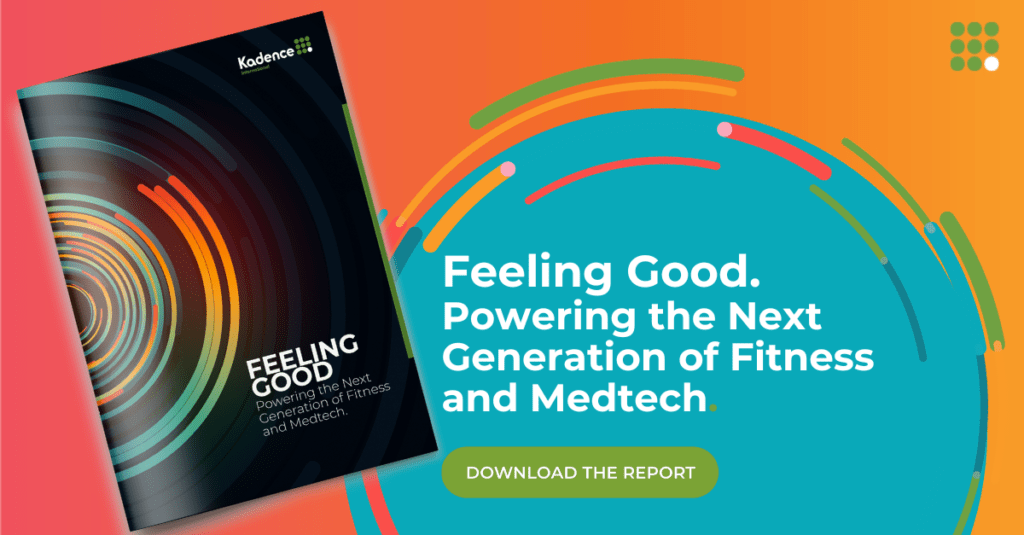
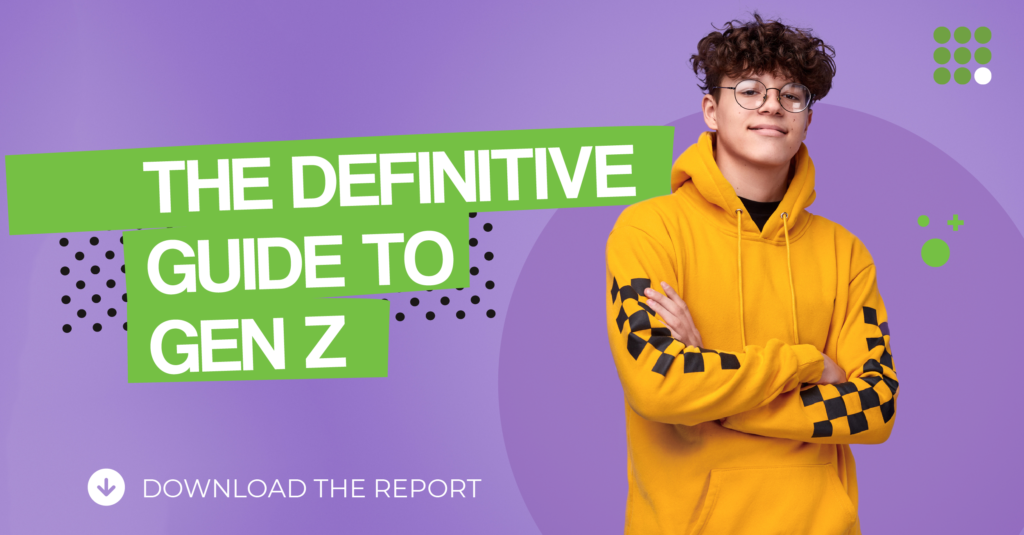
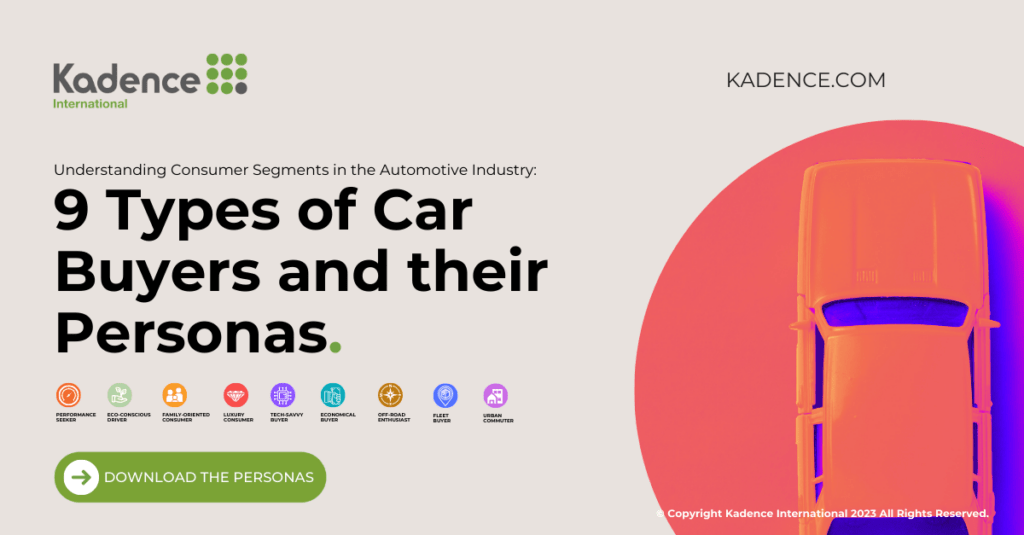

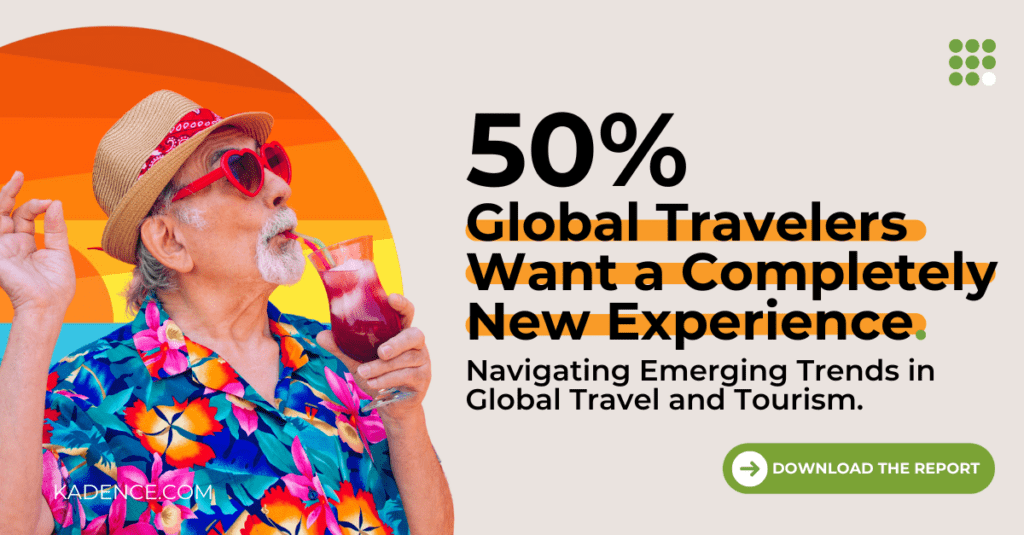
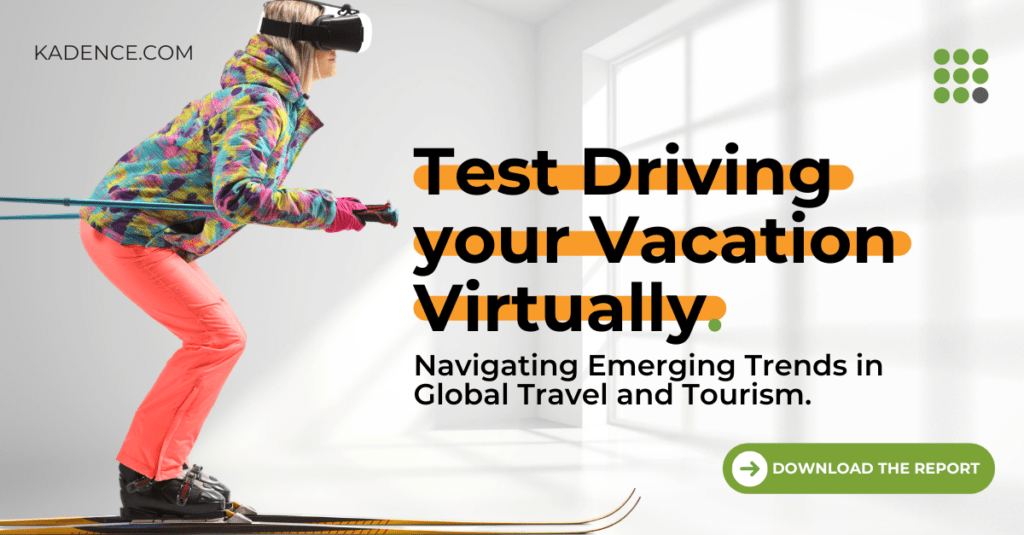
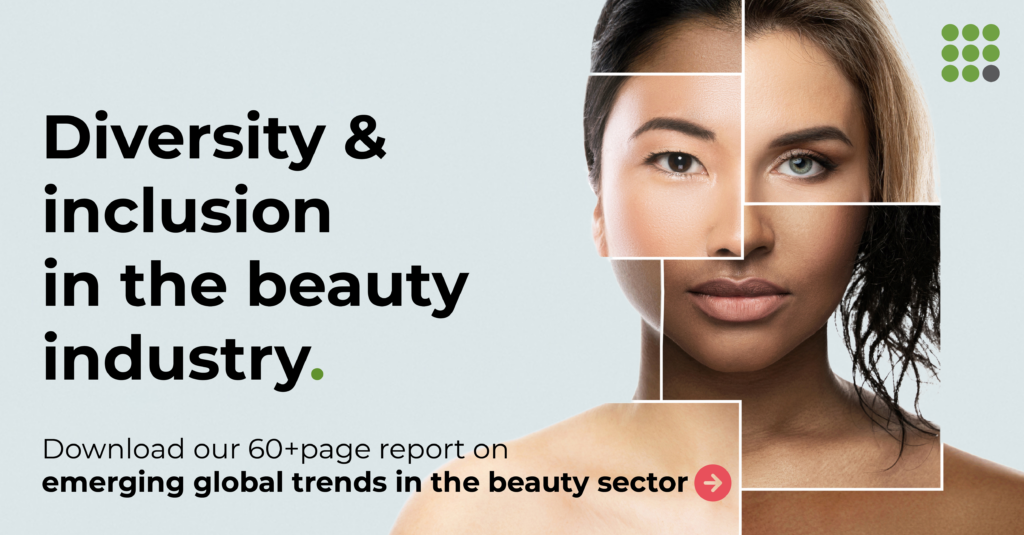
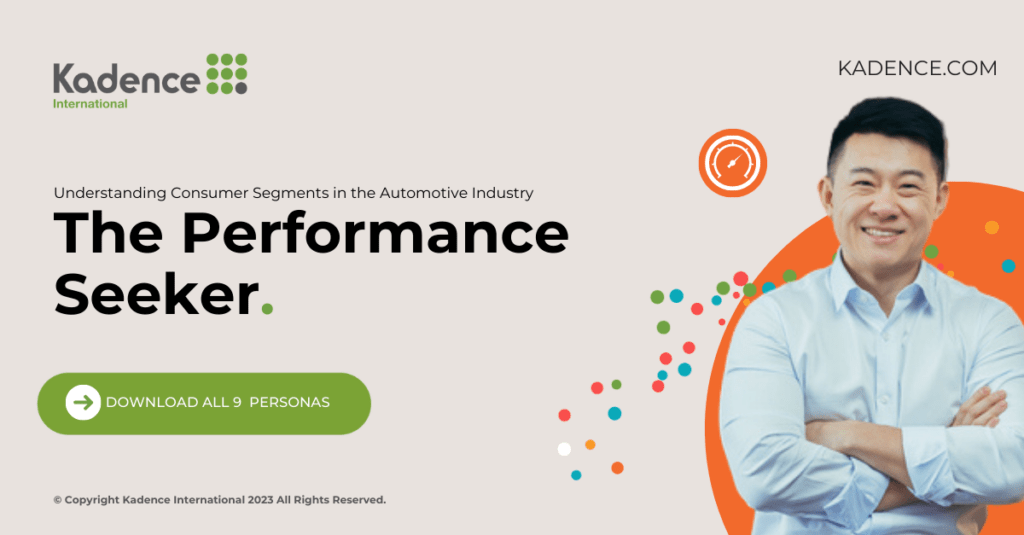
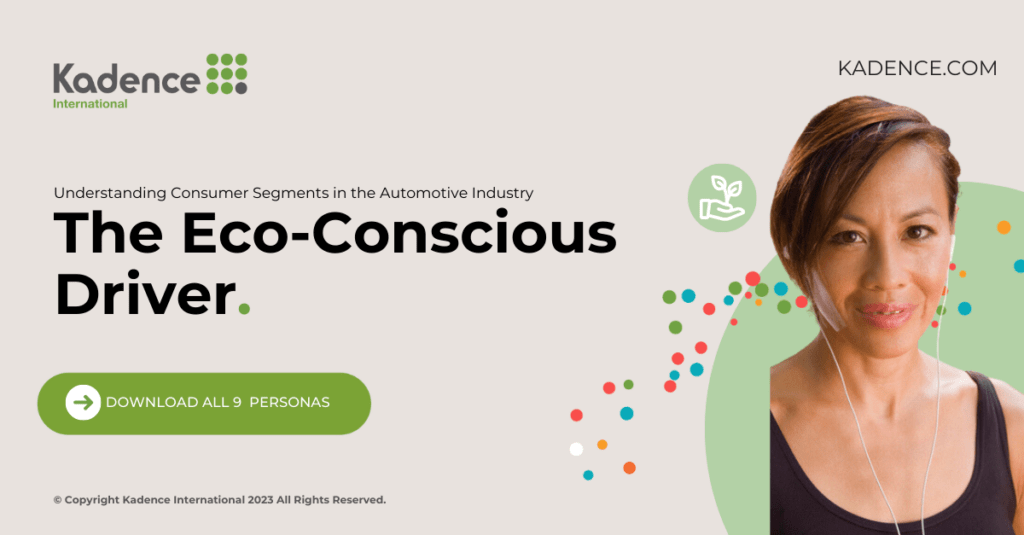
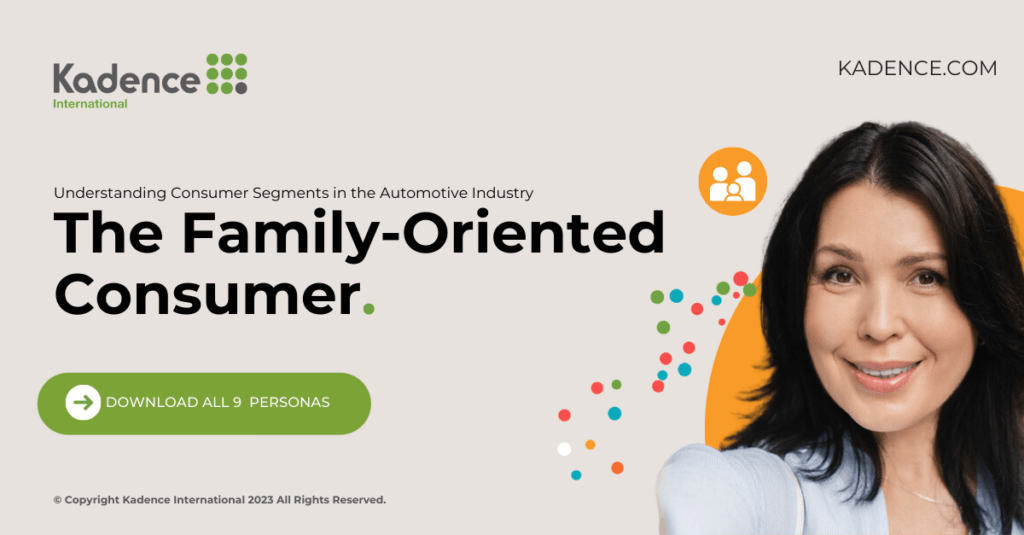
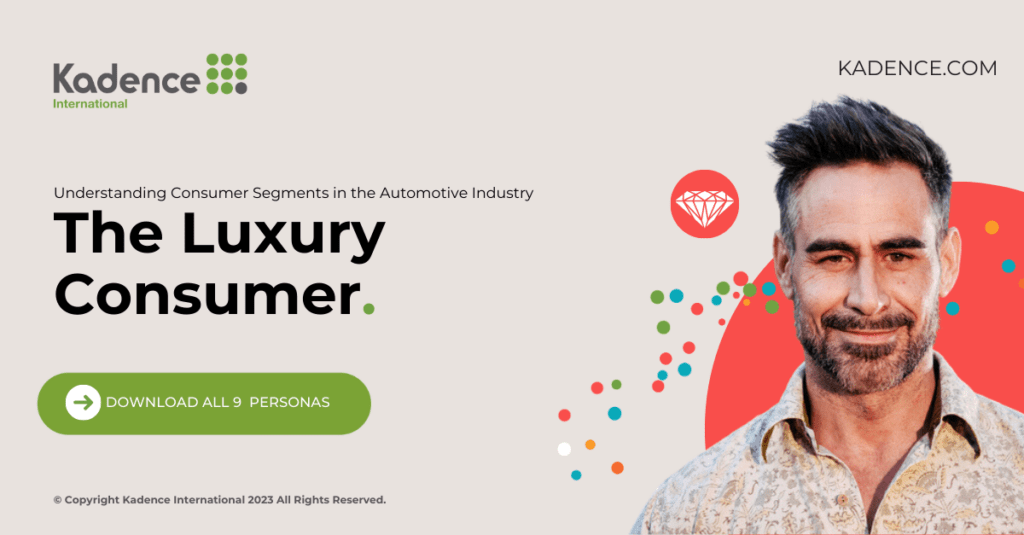
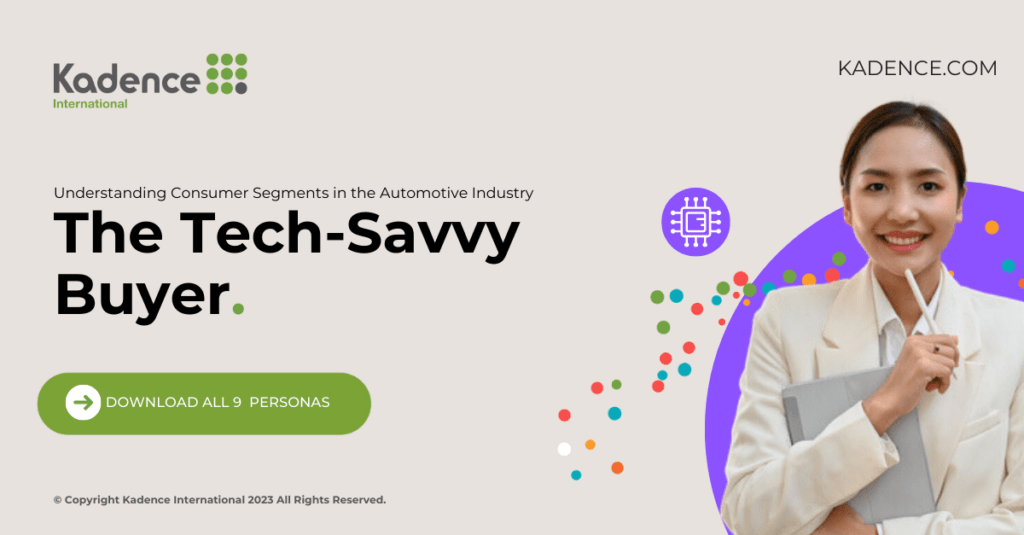

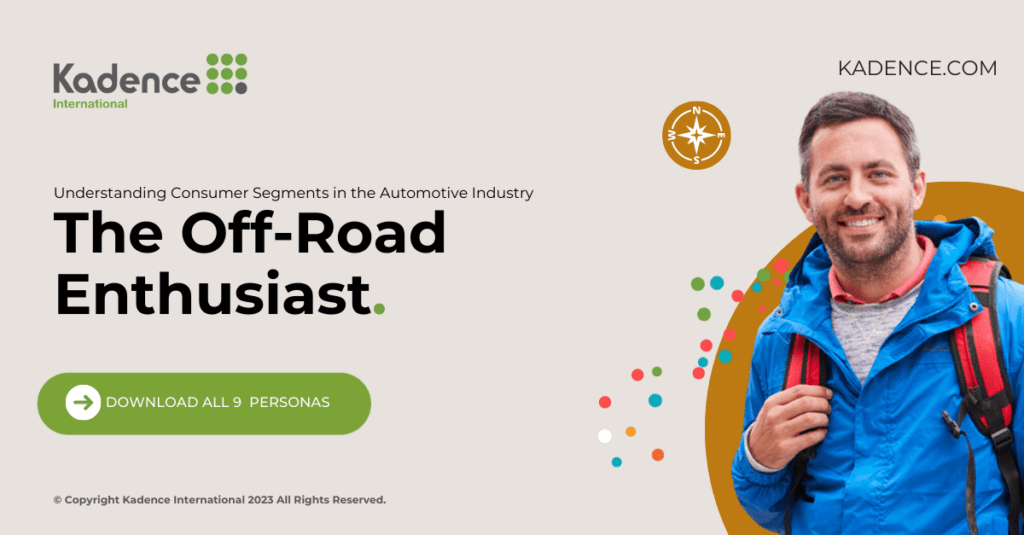

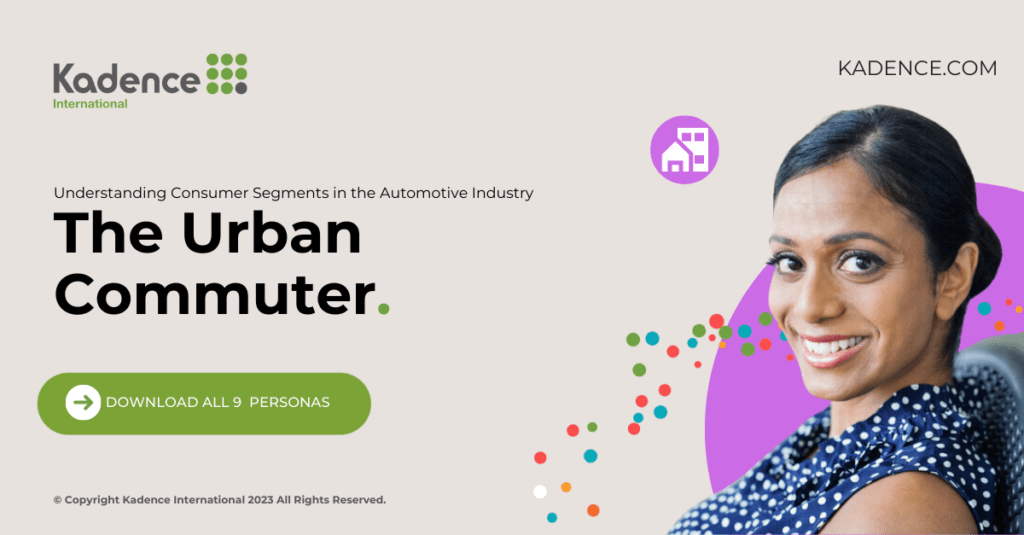
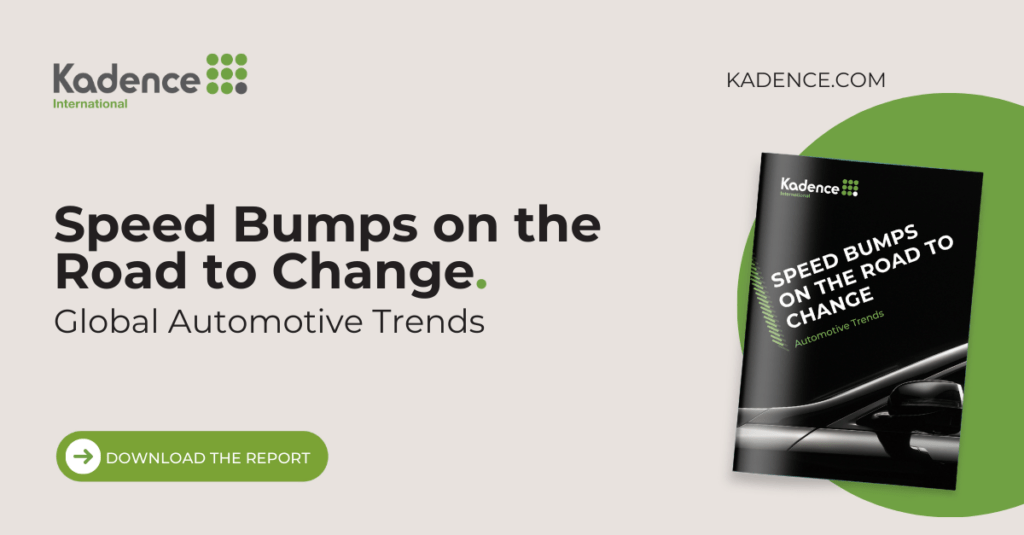

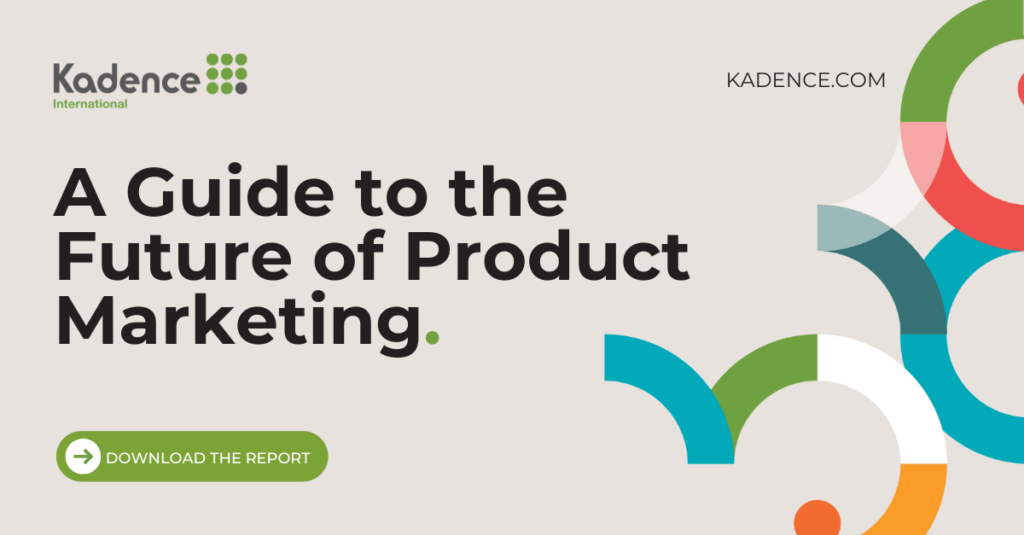
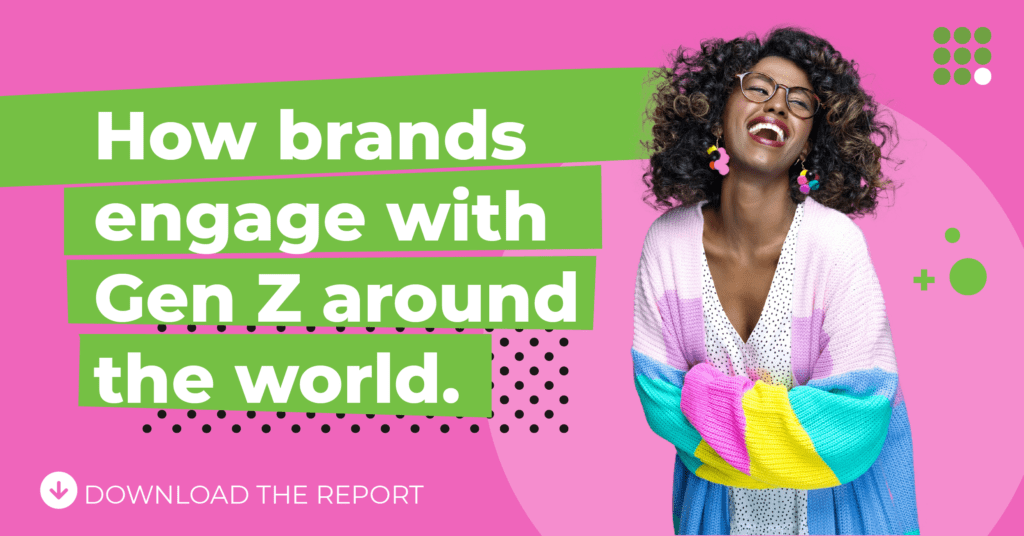


 Senior Marketing Executive
Senior Marketing Executive Sales & Marketing
Sales & Marketing General Manager PR -Internal Communications & Government Affairs
General Manager PR -Internal Communications & Government Affairs Vital Strategies
Vital Strategies
 Customer Intelligence Director
Customer Intelligence Director